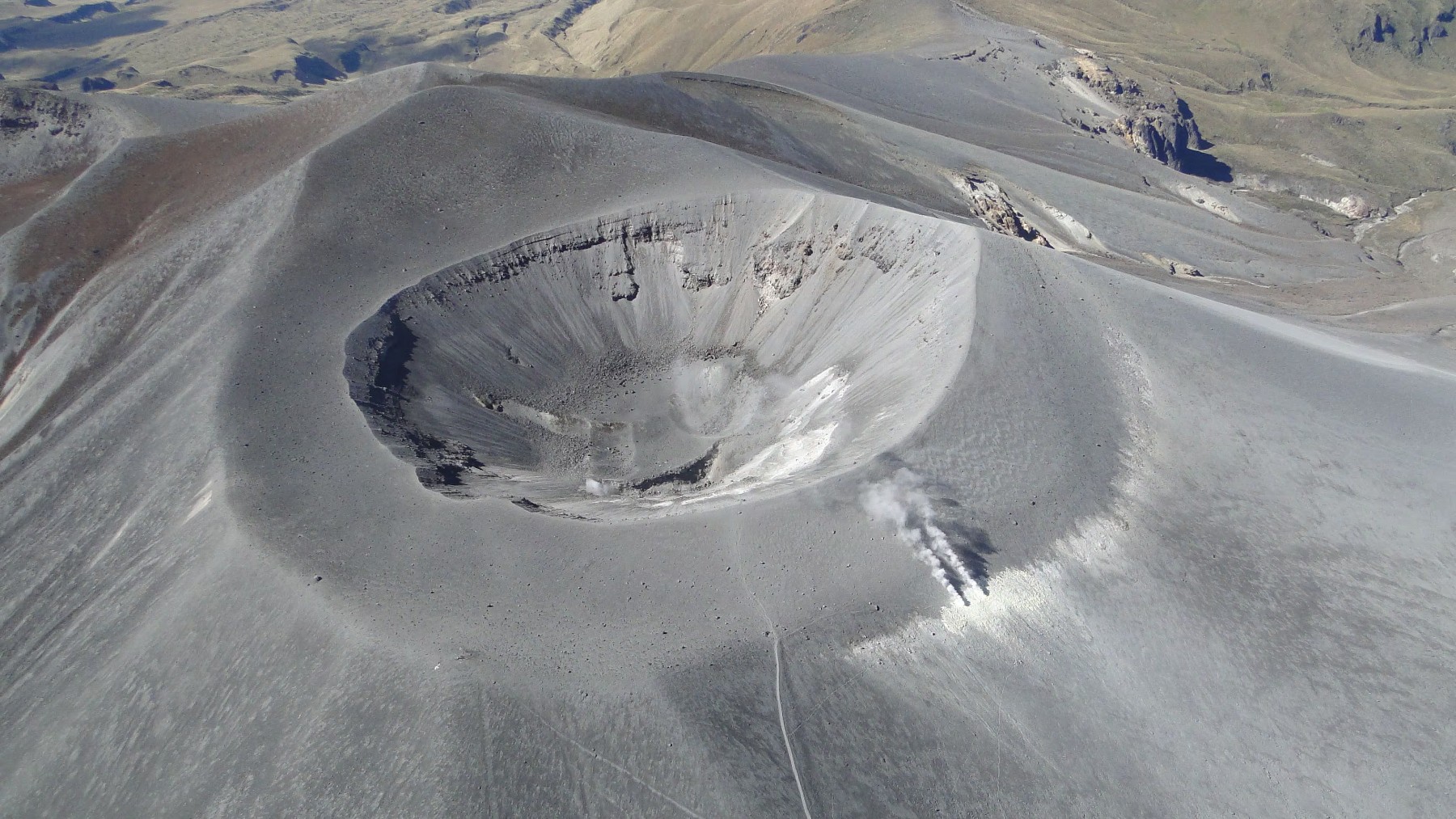Colombia has a group of volcanoes that could contribute to climate change improvements. Four departments have proven themselves to be suitable for the development of geothermal energy thanks to the heat of their volcanic activity: Tolima, Caldas, Risaralda and Quindío. Since mid-2024, the national government has been granting permits for the exploration and study of possible heat sources that can generate electricity.
So far, the development of the projects has been slow and with an overall average projection of supply.
Caldas hydroelectric power station, looking for reserves
The Colombian Geological Survey has confirmed on several occasions that the country has the capacity to generate water 1,200 megawatts from geothermal energy, equivalent to 5% of total national electricity generation. Caldas Hydroelectric Power Station was one of the companies selected to develop the project.


After being shut down for several years due to a lack of resources, since 2022 Chec has focused its attention on 5 drilling points to locate reserves and understand the potential of its resources. It receives financial support for this from the Climate Financing Accelerator (CFA), supported by the United Kingdom.
The idea is to determine the viability of electricity production in the Caldas department, initially through a 50 MW power plant that would supply some villages in, for example, Villamaría, one of the sectors close to another important municipality for geothermal development: Manizales.
The studies carried out by the Chec have shown that the region has sufficient temperature to generate electrical energy thanks to the volcanic activity of the Nevado del Ruiz hill. Here A drilling 3000 meters deep would be sufficient to take advantage of the underground heat. However, the drillings carried out so far in Villamaría amounted to 1,500 meters, as the company ran out of resources.
Drilling in other areas also means intervening in an unexplored field that requires both technical precision to minimize the environmental impact of exploration and the development of drilling almost from the initial stages. Therefore, a significant investment is required.
Parex Resources, the Canadian company that uses heat and oil
Parex Resources was the second company to receive an exploration license. It is a Canadian company that is carrying out its project over 4.2 kilometers in the municipalities of Maní and Aguazul in Casanare. Has the idea of produce electrical energy by using the heat from the two oil wells it manages.
The company wants to install a geothermal power plant, depending on its main activity: oil extraction. The representatives explained that it is a project called “cogeneration” because the production of geothermal energy takes place in relation to oil production.
The geothermal electrical capacity ranges from 15 to 60 MW, with the possibility of expanding this to 120 MW.. The professionals have indicated that such power is for domestic use because the project has low enthalpy.
Other renewable energy permits
Together with the above companies Ecopetrol is also developing a geothermal project in the Nereidas Valley. The company aims to produce between 50 and 100 MW of renewable energy to supply the 250,000 families living in the valley.
In addition to this project, the oil company wants to install a pilot plant in the Apiay field, located in Meta, with a capacity to generate 20 kW to meet energy demand. Like the Canadian oil company, the energy will be produced by using the heat generated by the activity of existing oil wells.
Colombia has the natural resources and professionals to successfully develop geothermal energy. But you have to adapt the extraction agents to the needs as little impact on the environment as possible.

